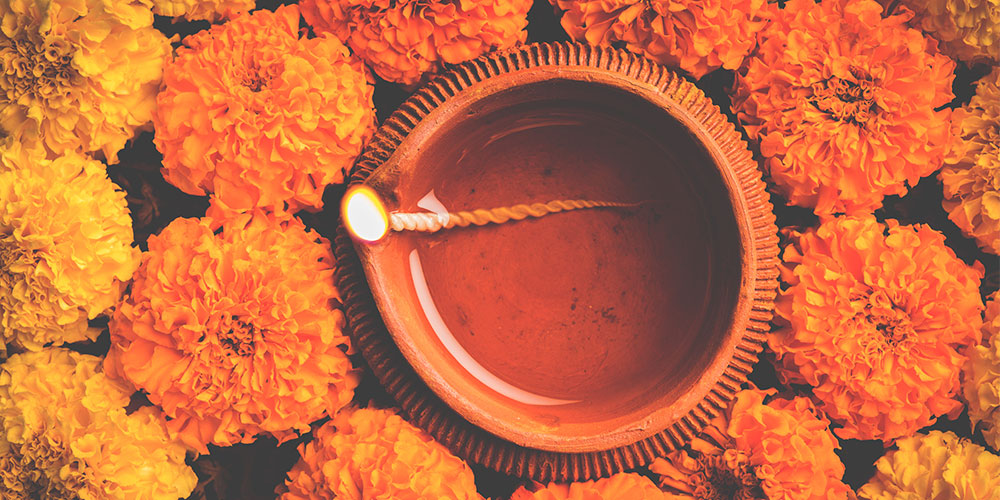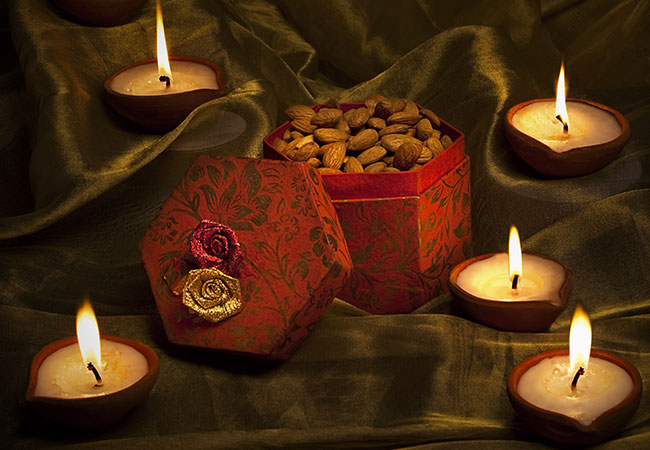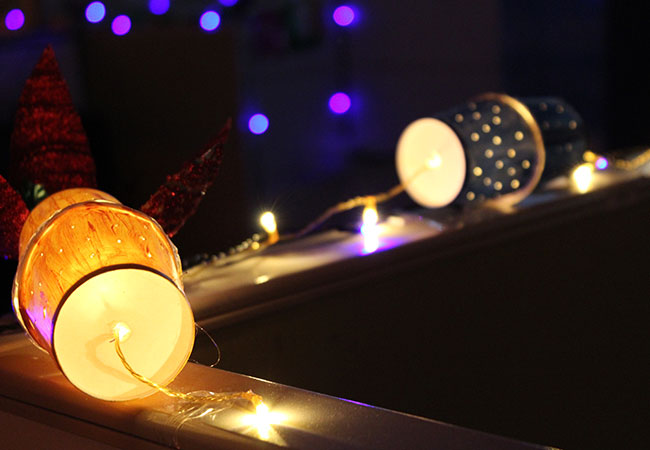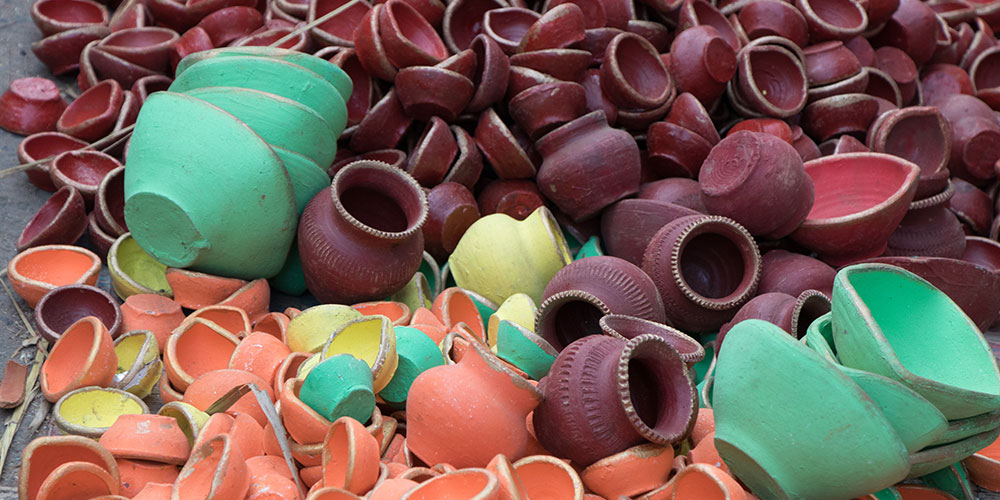A little attention to the material being used and thrown away during the festival can contribute a lot to a cleaner Diwali that utlises resources effectively.

It is something almost every Indian family has done – gifting to someone else an item that they themselves received as a Diwali gift. Enthusiastic children would especially be kept away from such items lest they open or damage it.
While this is among the many habits of middle-class India that has made it into comedy routines, it shows that Indians have been practicing resource efficiency before it became a buzzword among those working in sustainable development.
What is resource efficiency?
According to the European Union, resource efficiency means using the Earth’s limited resources in a sustainable manner while minimising impacts on the environment. This allows us to create more with less.
In our daily life, it means that we as consumers become more conscious of the material resources going into the items we buy, consume and throw away. While people of the previous generations may be full of stories of how they didn’t even throw away an old shirt and made a pocha (floor mopping cloth) out of it, the rapid economic growth of the post-liberalisation India has given rise to a consumerism that leads to huge resource use that doesn’t always factor in resource efficiency, recyclability and material reuse potential in how products are manufactured and consumed.
In the case of making an old shirt a poccha, an old piece of cloth is looked at as a resource rather than as something worth discarding. In the same spirit, following are some of the ways in which we can celebrate a more resource efficient Diwali.
Gifting

Use as little wrapping paper as possible. Instead of buying wrapping paper you can wrap gift items in newspapers. If that sounds too drab, use the glossy pages of entertainment supplements. You can even personalise this by using pages that feature the receiver’s favourite celebrities. Another option is to eschew covering a gift altogether and just tie a colourful ribbon around it for a festive look.
If you are willing to spend a little more, you can even enclose the gifts in small cloth potlis that the receiver will be able to reuse or store small trinkets in.
Further, when going gift shopping, carry a huge bag with you for all your purchases so that you don’t leave each shop with a new carry bag. Also, choose your gift items wisely. Try to gift things that have a longer shelf life, are reusable and as far as possible, are made of sustainable materials such as natural fibres etc. A great item would be to gift someone a sapling of their favourite flowering plants.
If the box of sweets you are buying is meant for your own consumption or is not to be taken very far, tell the shopkeeper not to wrap it in cellophane. Many shopkeepers use that as the default option in festive season, but as a conscientious consumer, you have to watch out for it.
Decorating

Use earthen lamps, or mitti ka diyas, instead of candles or wax diyas that will melt away. If stored properly earthen lamps can be used for the next Diwali too and can be coloured and decorated as per your taste. What’s more, you can keep topping up the oil in the earthen lamps to make sure they stay alight longer.
For lighting, try to use old string lights from last year. It’s ok if one or two don’t work. Their cost goes up every Diwali so you will also be saving money by using last year’s lights. These lights are mostly unrecyclable and end up as e-waste so each string should be used as long as possible. Also, be judicious in your use of lights. You don’t have to fill every empty space with blinking bulbs.
Also, make rangoli out of flowers and the material available in your home such as haldi, kumkum etc. instead of buying artificial colours.
Avoid plastic in decorative items such as streamers and other such decorations. Try using those made of paper or cloth. Make sure to reuse them too.
The day after

Being conscious of material is an important part of resource efficiency. Once Diwali has ended, there are a number of things that will be discarded or will have to be stored for next year. Safe and proper storage is an important aspect of reuse. Store your lights and diyas carefully. You are going to get lots of plastic wrapping and gift boxes – use them for storage and stuffing for breakable items. When storing your string lights for next year, keep them safely in a place with no extreme temperature as it melts the plastic that covers the wiring.
Instead of indiscriminately throwing everything in dustbin, see if you can sell something to the kabaadiwala. If you must throw away things like wrapping paper, plastic and cardboard packaging of gift boxes, make sure to segregate them first and see that the non-biodegradable items don’t get soiled, so that they remain recyclable and don’t end up in a landfill.

